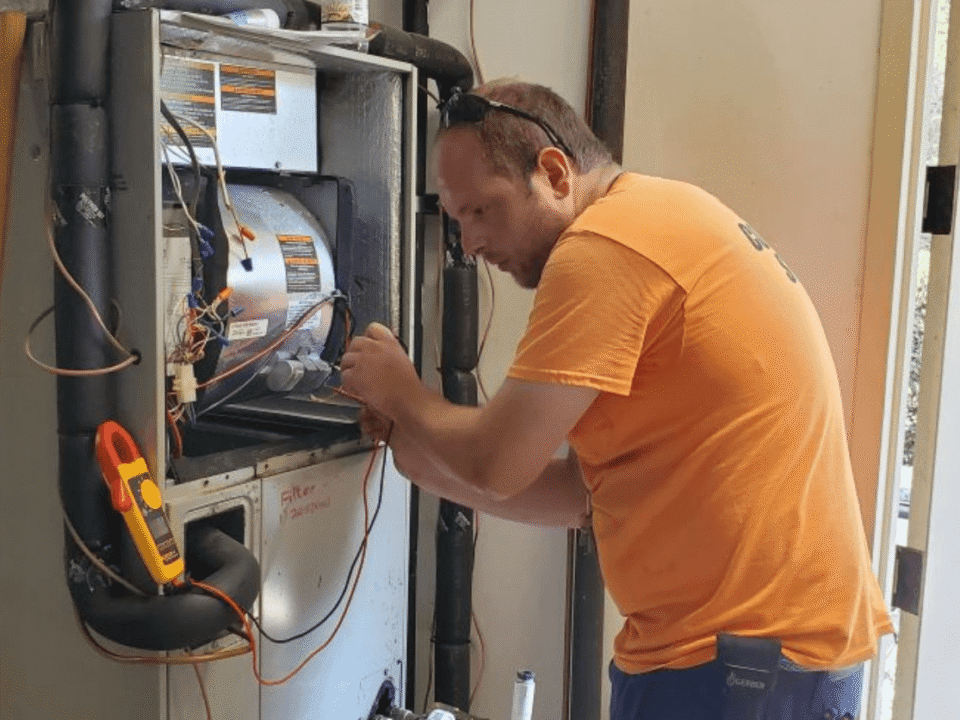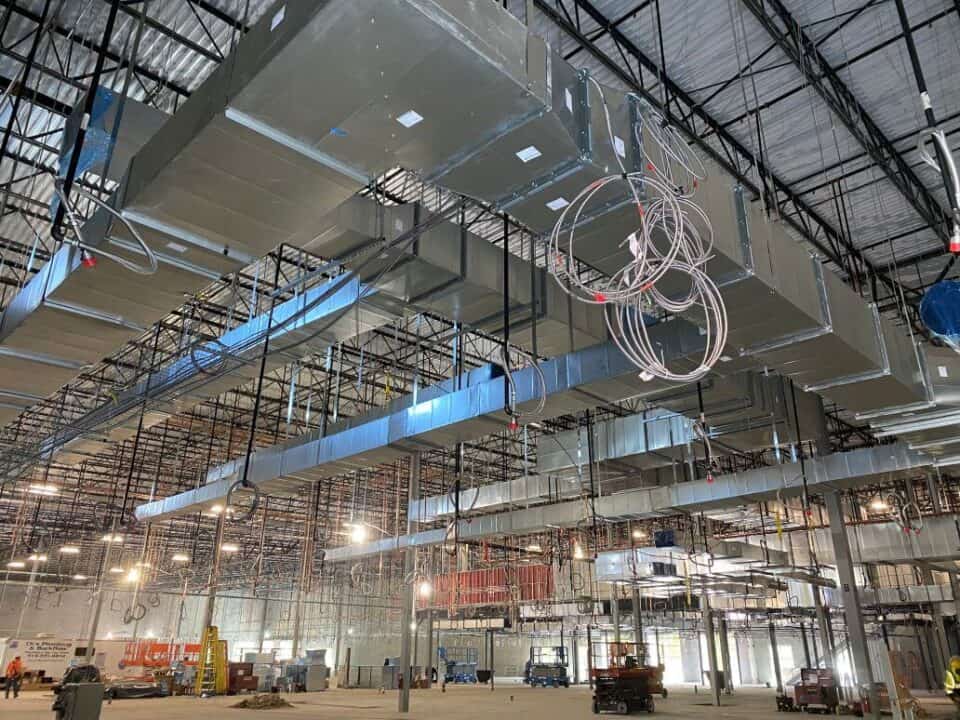
5 Benefits of Regular Filter Changes in Your HVAC System
January 24, 2024
How to Choose the Right HVAC Contractor in Raleigh
February 21, 2024The Role of Smart Thermostats in Modern HVAC Efficiency
Unlocking HVAC efficiency: the power of smart thermostats
Rising energy costs, growing environmental awareness, and the push for smarter, connected buildings have all reshaped how we think about indoor comfort and climate control. At the center of this transformation lies one of the most unassuming yet powerful devices in the modern building toolkit: the smart thermostat.
While traditional thermostats have served their purpose for decades, they are often limited in scope, providing little more than basic temperature adjustments. By contrast, smart thermostats offer sophisticated technology that not only enhances comfort but also plays a pivotal role in boosting HVAC efficiency.
In this article, we’ll explore the role of smart thermostats in driving modern HVAC efficiency, from precision temperature control and remote accessibility to integration with larger building systems.
Precision Temperature Control
One of the greatest shortcomings of traditional thermostats is their inability to maintain consistent indoor temperatures without overshooting or lag. For decades, homeowners and facilities managers have dealt with hot and cold spots, uncomfortable fluctuations, and the inefficiency of systems constantly cycling on and off.
Smart thermostats address this problem head-on with advanced sensing capabilities and machine learning algorithms. Instead of simply reacting when temperatures drift above or below a set point, these devices proactively adjust HVAC operation in real time. Some models even factor in external conditions such as humidity, outdoor temperature, or weather forecasts to fine-tune system performance.
The result? More precise temperature regulation that enhances comfort while curbing unnecessary energy consumption. For example, if a smart thermostat learns that a household cools down quickly after sundown, it can anticipate this and reduce air conditioning use in advance – saving energy without sacrificing comfort.
Precision control also helps extend the life of HVAC equipment. By avoiding the frequent, energy-intensive cycles triggered by conventional thermostats, smart thermostats reduce wear and tear on compressors, blowers, and other mechanical components. This not only lowers maintenance costs but also increases the overall reliability of HVAC systems.
Remote Accessibility
One of the most celebrated features of smart thermostats is their remote accessibility. With the rise of mobile apps and cloud connectivity, building occupants and managers can monitor and adjust HVAC settings from virtually anywhere.
This capability goes beyond mere convenience. Remote control enables quick responses to changing occupancy or unexpected situations. For instance:
- Homeowners on vacation can adjust their thermostat to minimize energy usage while away, then remotely activate heating or cooling a few hours before returning.
- Office building managers can respond to last-minute schedule changes, reducing HVAC operation during unoccupied periods or adjusting comfort levels for after-hours events.
- Multi-site operators (such as retail chains) can oversee dozens of locations simultaneously, ensuring consistent efficiency standards across their entire portfolio.
This feature also provides peace of mind. Real-time alerts notify users if temperatures deviate from set thresholds, if equipment malfunctions, or if energy usage spikes unexpectedly. Instead of discovering a problem after energy bills arrive, issues can be identified and resolved before they escalate.
Learning and Adaptation
Unlike static programmable thermostats, many smart thermostats are designed to learn from user behavior. Through pattern recognition, these devices adapt to routines, preferences, and seasonal changes. For example, a smart thermostat might notice that a family consistently lowers the temperature around 10 p.m. and raises it again at 6 a.m. Over time, it will automatically schedule these adjustments without the need for manual programming.
This learning capability provides a level of personalization that not only enhances comfort but also maximizes efficiency. By avoiding unnecessary heating and cooling during unoccupied hours, these systems minimize waste.
Integration with Building Automation Systems (BAS)
For commercial properties and large facilities, HVAC is just one piece of a much bigger puzzle. Lighting, security, water management, and other building systems must all work together to ensure efficiency, safety, and occupant comfort.
Smart thermostats play a crucial role in this ecosystem when integrated with Building Automation Systems (BAS). Through centralized platforms, facility managers gain visibility and control over all major building functions. Smart thermostats feed real-time HVAC data into the BAS, allowing for coordinated adjustments that maximize performance across the board.
For example:
- If occupancy sensors detect that a particular floor of an office tower is unused, the BAS can automatically adjust both HVAC and lighting systems in tandem.
- If weather forecasts predict a cold front, the BAS can proactively optimize heating loads across multiple systems, reducing strain during peak demand hours.
This integration also supports energy benchmarking and sustainability reporting. With detailed HVAC usage data at their fingertips, managers can track efficiency improvements, identify problem areas, and report on progress toward sustainability goals.
Let Us Update Your HVAC System Today
The role of smart thermostats in modern HVAC efficiency cannot be overstated. Embracing these technological innovations not only benefits businesses or homeowners in terms of cost savings and operational efficiency but also contributes to a greener and more sustainable future for our communities.
If you’re looking to stay ahead in the realm of HVAC solutions, don’t hesitate to contact us. We’re ready to provide you with the latest insights and technologies to enhance your HVAC systems and contribute to a more sustainable future.



